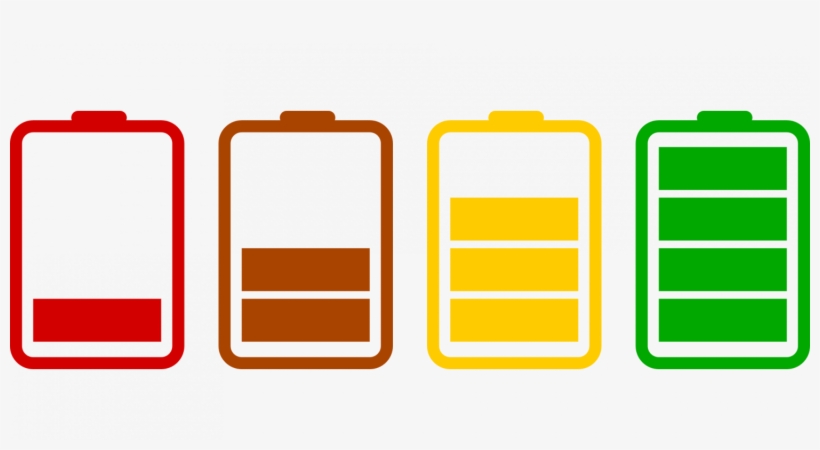Batteries for solar panelsBY PIETRO PAGANINI
- 17 May 2022
- Posted by: Competere
- Category: Senza categoria

We need batteries to stock up on the energy produced individually from renewable sources. Public places, cities and buildings have to transform to keep up with the development of new technologies for energy production. Our day-to-day life will have to change as well.
DIY ENERGY
Renewable sources’ success, from wind to solar and hydro-energy, is proportional to the ability to stock the energy they produce. It follows that we must invest in battery innovation so that we may store the energy we create: better performance for a cheaper cost, more manageable size and above, all, more sustainable. With solar panels, wind turbines, and all other tools put at our disposal by technological innovation, each of us will be able to produce energy from clean sources like wind, water, Sun, waste etc.
BUT…
The problem is that renewable energy production cannot be constant. In certain hours of the day we produce more than we need, in others nothing at all. Indeed, productivity depends on several factors.
- Water, Sun and wind depend on seasonality and weather.
- Scientific research and innovation will help us to overcome these obstacles and improve technological performance.
- But they will not solve the issue of consumption peaks.
Furthermore, bureaucracy and politics also represent a variable, and a negative one at that.
IS IT WORTH IT?
Selling home-sourced energy is not worthwhile, at least for the moment. Providers pay little and resell at a much higher price than the one they bought energy for. Therefore, it becomes more advantageous to stock up energy on batteries, so that we may use it when it is necessary. In order to do that, we must use better performing batteries: smaller sized, reduced costs, higher storage capacity, and a longer lifecycle. And, of course, they must also be sustainable.
MAPPING CONSUMPTION
During the day, consumption is high in the areas that produce goods and services. In the morning, evening, and over weekends, residential, commercial, and entertainment areas are the highest-consuming one. Consumptions slows at nighttime, but so does solar energy production.
TRANSFORMING OURSELVES
What is also needed is a change in our daily habits. The pandemic and remote working already put us on our way. When it comes to energy too, technology as well as automation provided by AI and predictive algorithms will help us manage our daily activities more efficiently, according to how much (or how little) energy we have been able to store.
TRANSFORMING SPACES
Batteries will fill our public spaces. New buildings will have to be fitted both to save energy, to produce it, and to store it.
NOT YET SUSTAINABLE
Batteries’ lifecycle is destined to improve but, for now, they represent a menace to the environment. While they do store energy, they are often Amanufactured from materials and through processes that have a high footprint. Furthermore, they are usually shipped by sea, from distant, extra-EU production sites, and they eventually need to be treated. We face the risk of having mountains of dead batteries laying in the poorer areas of the planet.
WHAT CAN WE DO?
We need to learn how to store and regenerate energy, and to recycle batteries. Producing clean energy is all good and well, but we must also be able to manage it in an intelligent way. Let’s invest in batteries that can store as much as possible in the moments of peak production, allowing us to consume during peak consumption. Let’s support research and innovation to develop resistant, less polluting, and more easily recycled materials. We must ask that our Government eliminate bureaucratic obstacles, promote tax incentives, and launch new territorial plans for prospective investors. The relationship with electricity companies must become fairer and more transparent. We pay at too high of a price and sell at a much too low one.
